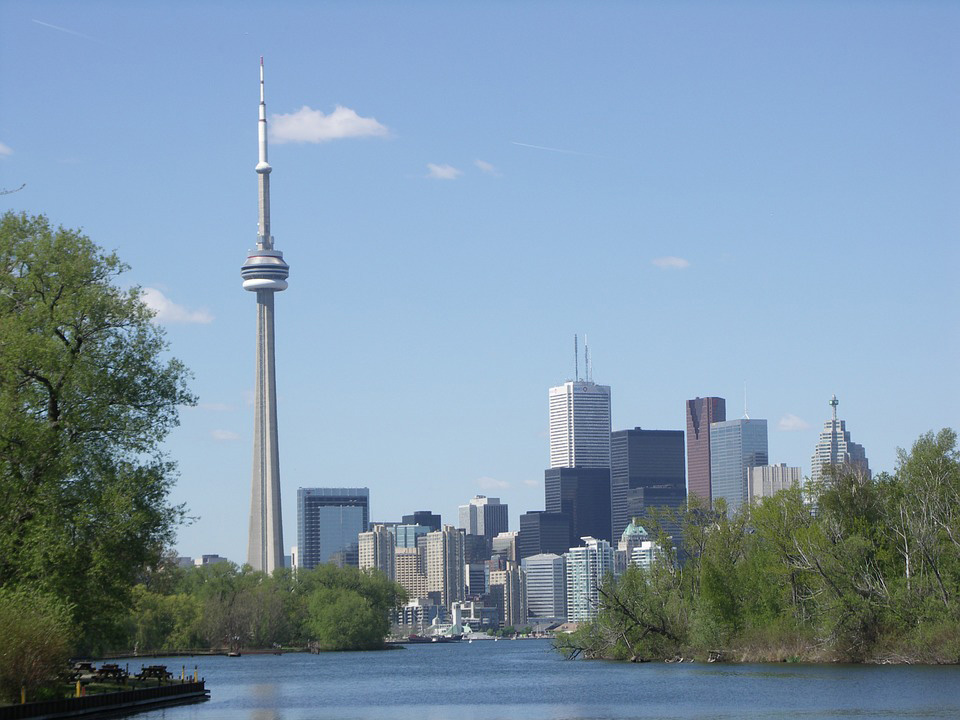In Canada, we hear a lot about recycling in Toronto, recycling in our cities, and recycling in provinces. We get data locally as well as nationally that tell us a lot about how we recycle.
 |
Do You Know What Country has the Best Recycling Rate? Take a Guess! |
As a means of measuring how effective Canadian waste management is, we’ve used a comparison of recycling rates to determine where we rank. A lot of us take pride in how much recycling we do, as households and collectively.
Compared to other nations, Canada ranks surprisingly low. In fact, we didn’t even make the top 25 countries for recycling rates. The United States, in fact, ranked higher than Canada. Here’s some more info on recycling rates worldwide.
Germany is #1
Germany has the world’s best recycling rate of any country and is consistently ranked as one of the most eco-friendly nations. Germany recycles a whopping 65 percent of its total waste. Although this is excellent, they also don’t carry any landfills and incinerate roughly 35 percent of their waste including significant portions of that which go without any sort of energy recovery. From this standpoint, there may be some debate on how eco-friendly Germany actually is.
The top 10 recycling rates
Filling out the top 10 recycling rates by country is South Korea at #2 with a recycling rate of 59 percent, Austria at #3 with 58 percent, Slovenia at #4 with 58 percent, Belgium at #5 with 55 percent, Taiwan at #6 also with 55 percent, Switzerland at #7 with 51 percent, the Netherlands at #8 with 50 percent, Sweden at #9 also with 50 percent, and Luxembourg at #10 with 48 percent.
Canada ranks #26
Canada has the world’s 26th best recycling rate. We recycle 24 percent of all municipal waste, incinerate about 4 percent, and approximately 72 percent of it ends up landfill-bound. Admittedly, this isn’t good. Even in cities like Toronto and Ottawa where recycling rates are a little better than in other parts of the country, there’s still a lot more we could be doing as a nation to increase landfill diversion, up what we recycle, and ultimately produce a more eco-friendly country.
Can Canada do more?
What top ranking countries have in common is that they maintain government policies that encourage recycling, they have waste management systems which incentivize household recycling, there are financial resources to fund recycling, and financial incentives are even included in these systems. Could Canada be doing more – absolutely.
There are countries out there with ambitious recycling targets and zero waste commitments. Canada’s targets don’t compare. For everything a place like Toronto or the GTA can do, this is not a ‘Toronto problem’ nor is it an ‘Ontario problem’. Canada-wide, there’s more to be done, and we need the political leadership and financial investments to make it possible.
If you’re seeking to better your waste management, landfill diversion rates, and recycling, as a household, industrial site, or commercial office, contact a representative at Core Mini Bins. In Toronto waste management, we’re the best and we’d be happy to help you increase your recycling.










